Though April can still have a mind of its own weather-wise, it is typically a month in which most perennial gardeners start gardening again. From south to north, spring gradually arrives, and with it, signs of new life and new growth.
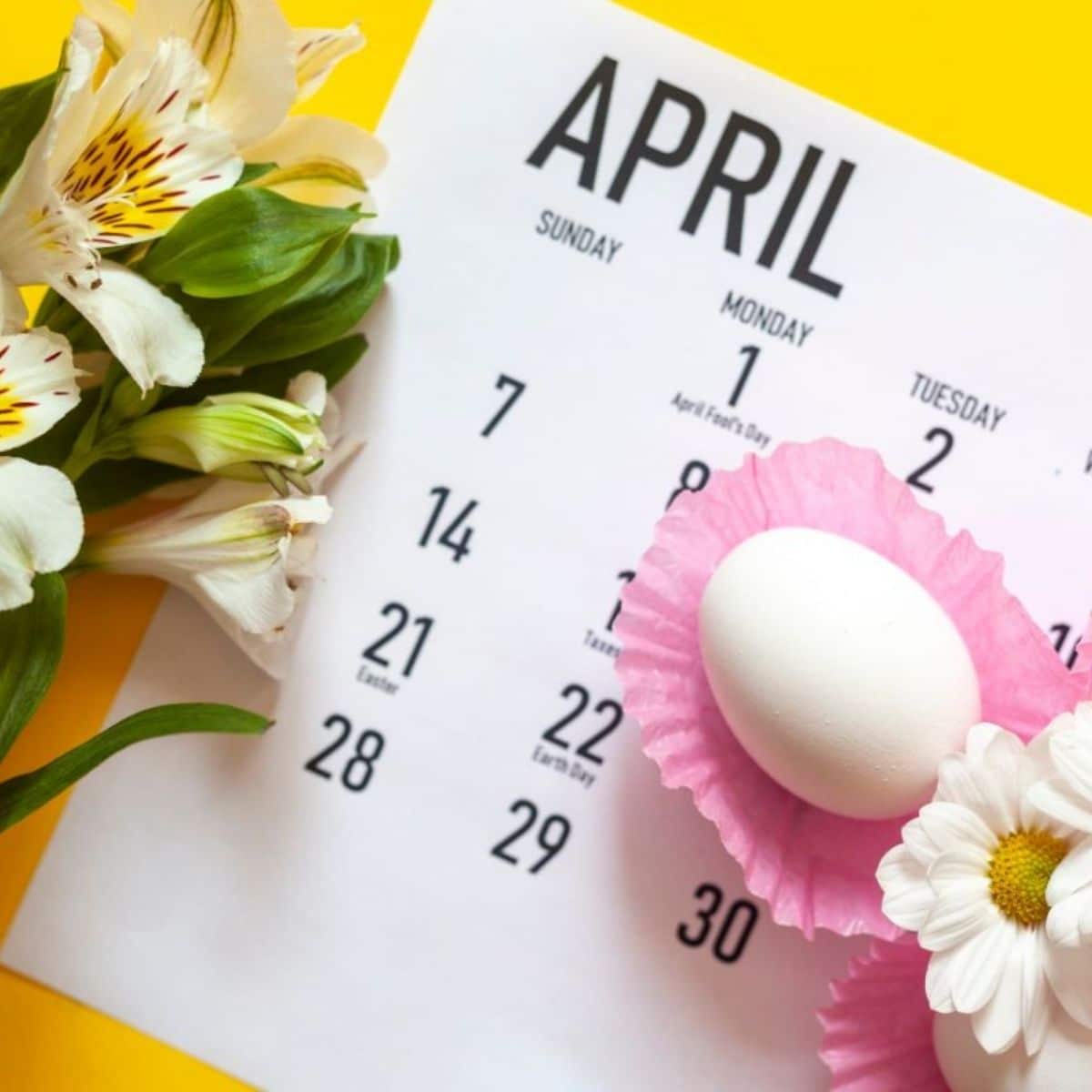
As variable as April can be, you may be forced to make some judgment calls, but as the month progresses, you’re sure to find yourself back in the garden again.
Jump to:
- 10 Tasks To Do in the April Perennial Garden
- 1. Clean Up
- 2. Use Plant-Friendly Methods to Clean Growing Plants
- 3. Fertilize
- 4. Divide Older Perennials
- 5. Fluff up Old Mulch
- 6. Top-Dress with Decorative Mulch
- 7. Harden Off Plants Before Planting Outdoors
- 8. Plant More Perennials!
- 9. Add Some Edible Perennials to Your Mix
- 10. Stake Perennials that Need It
- A Note About Watering in the Spring
10 Tasks To Do in the April Perennial Garden
At some point in April, you should find yourself sprucing up those perennial beds, planting (if that’s part of your plan), and more.
1. Clean Up
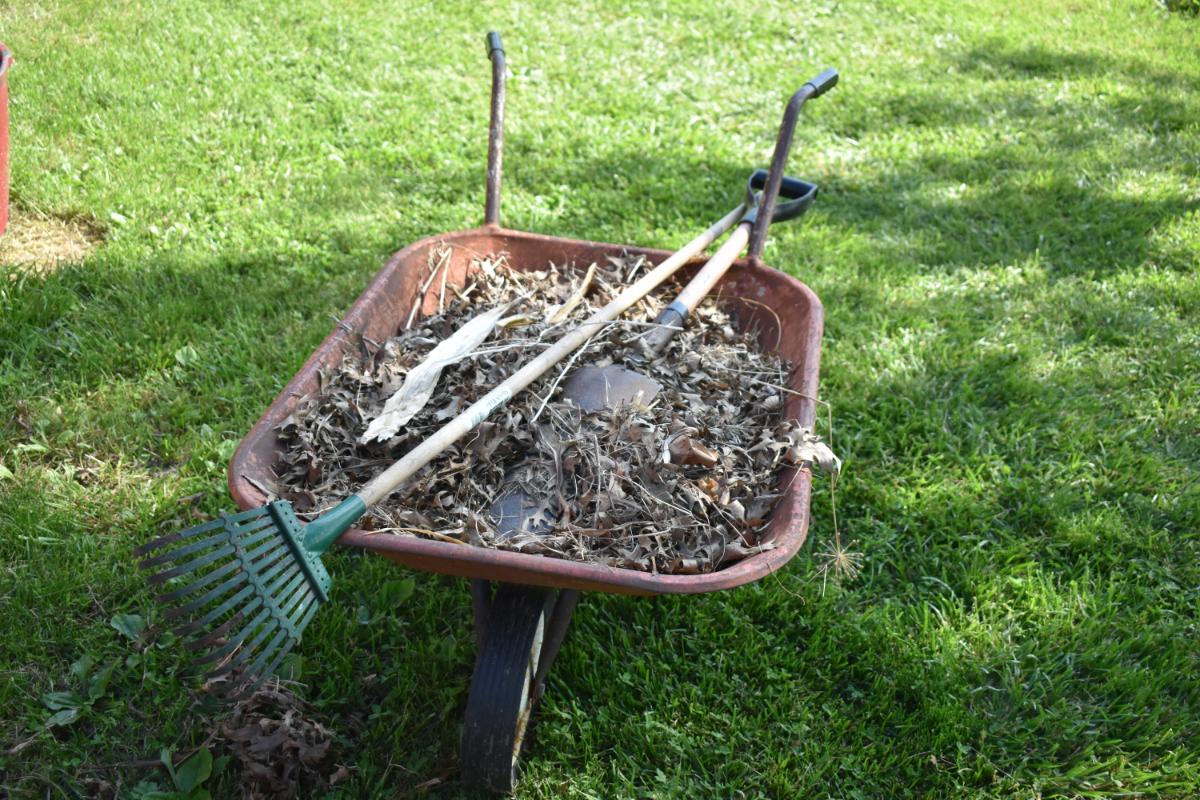
One thing you don’t want to have happen is to have plants smothered by fallen leaves and winter debris. You also don't want to wait too long to clean up, or you could easily end up damaging tender new green growth.
There has been a lot of talk about holding off on spring cleaning for gardens. One “rule” that has been circulating is to wait until after spring temperatures have warmed consistently above 50 degrees Fahrenheit (10 C). This gives hibernating insects, bees, and eggs a chance to hatch (it also may give bad bugs a leg up, so if you’re aware of insect problems in your beds, some research may be in order).
Experts are mixed as to how necessary and reliable this oft-repeated internet advice is, stating that the truth of this statement is mixed, and “...the typical maintenance and cleanup tasks for spring gardens (such as pruning berries in March or cutting back ornamental grasses in April) are unlikely to broadly harm insect pollinators, with the possible exception of cavity-nesting bees.” (Oregon State University Extension Service)
The conundrum for gardeners is how best to clean and prepare your perennial beds with a nod to supporting pollinators. Waiting for warmer temperatures is one way, but for those plants that can’t wait (and to support pollinators and bees that need bare ground), there are some compromise versions of spring cleanup that you can use.
Primarily, when you do cut down stalks and clean out around plants, pile that debris elsewhere until temperatures warm up to give the insects a chance to emerge and build their seasonal homes elsewhere.
2. Use Plant-Friendly Methods to Clean Growing Plants
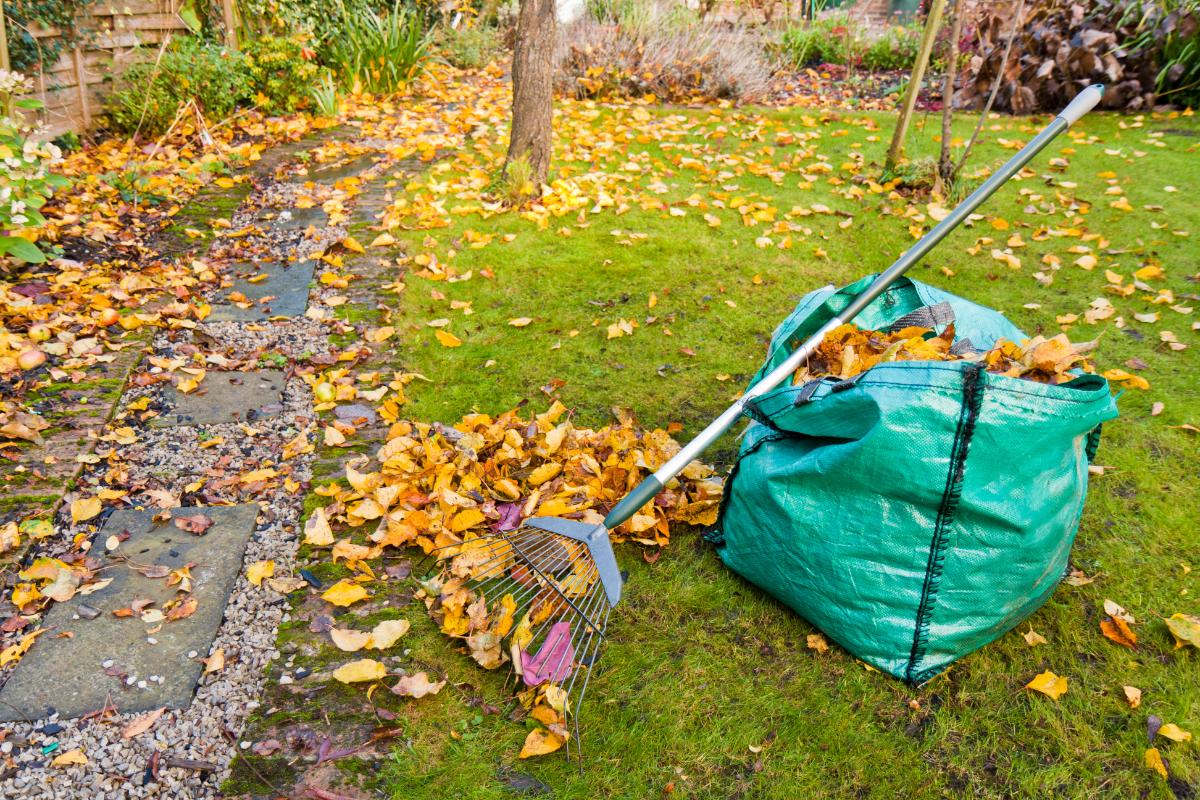
When you are cleaning, do as little harm as possible to your perennials and their new growth. Rakes and gardening tools can do a lot of damage if you’re cleaning after new growth has emerged.
Here are some gentler ways to avoid plant damage during spring perennial garden cleanup:
- Rake before new growth emerges
- Use leaf rakes to rake off leaves and debris
- Heavy garden rakes (those designed for working soil) are too aggressive for many plants and can often uproot them if you’re not careful
- Use a leaf blower
- Pull back by hand or with a light hand rake to remove leaves and debris on growing plants, then rake the larger spaces to gather and remove the waste
- Try to avoid walking on and working saturated, wet spring soil until it is workable
- This causes soil compaction, which can take years to remediate
3. Fertilize
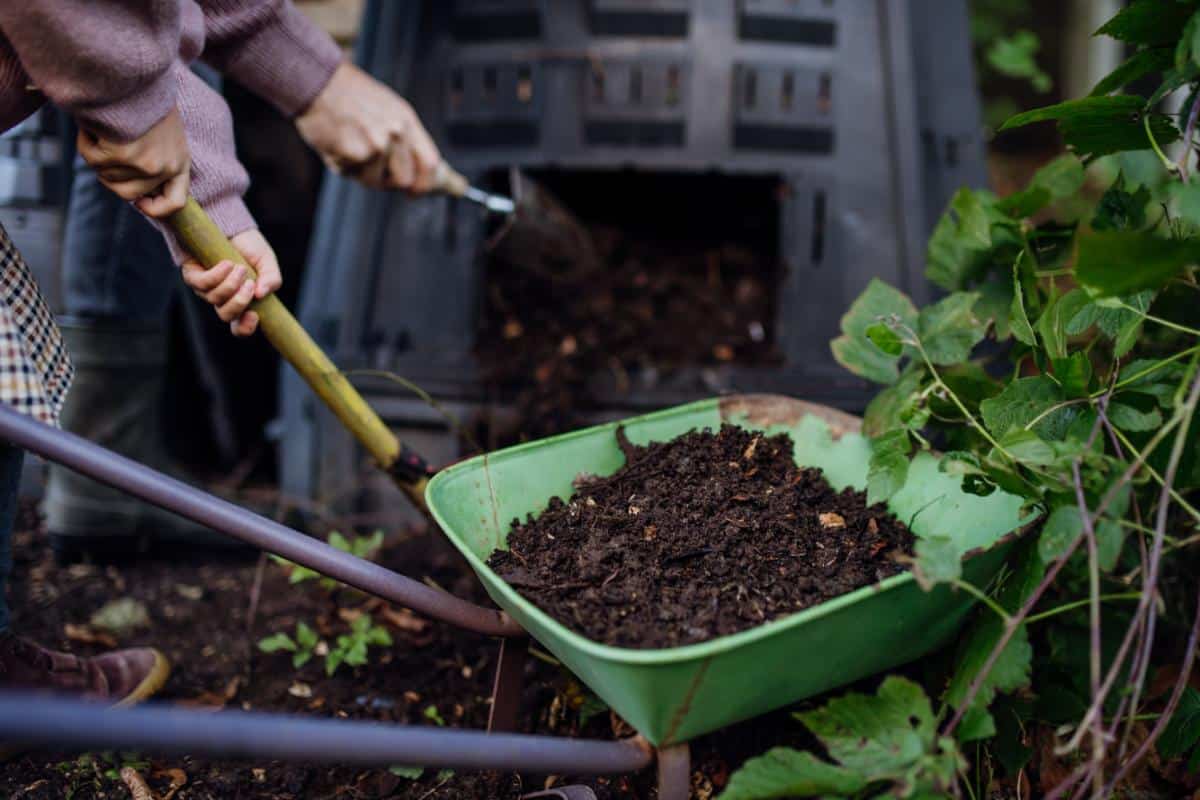
Early spring is the time to fertilize (a second round of fertilizer in late summer is smart, too).
For perennial fertilizer, you have a few options.
- A top or side dressing of compost, slightly worked in with a hand rake, is a good, organic, slow-release fertilizer
- A general fertilizer used for perennials or ornamentals will do well
- All-Purpose garden fertilizer works, too
- Fertilizers designed for specific perennials, like Azalea and Rhododendron fertilizer or Rose fertilizer
A rule of thumb to follow when choosing fertilizer is this – if the first number is the highest (which is nitrogen), it will promote green leafy growth; if the second number is higher (phosphorous), it will promote more blooming – choose according to your needs.
Do be aware that a good number of perennials are native to places with poor soils, and so they don’t have high fertilization needs. It’s smart to do some research before you fertilize. Plants like echinacea, liatris, and black-eyed Susans don’t need much, if any, fertilizer. Many herbs (like rosemary) are the same way.
4. Divide Older Perennials
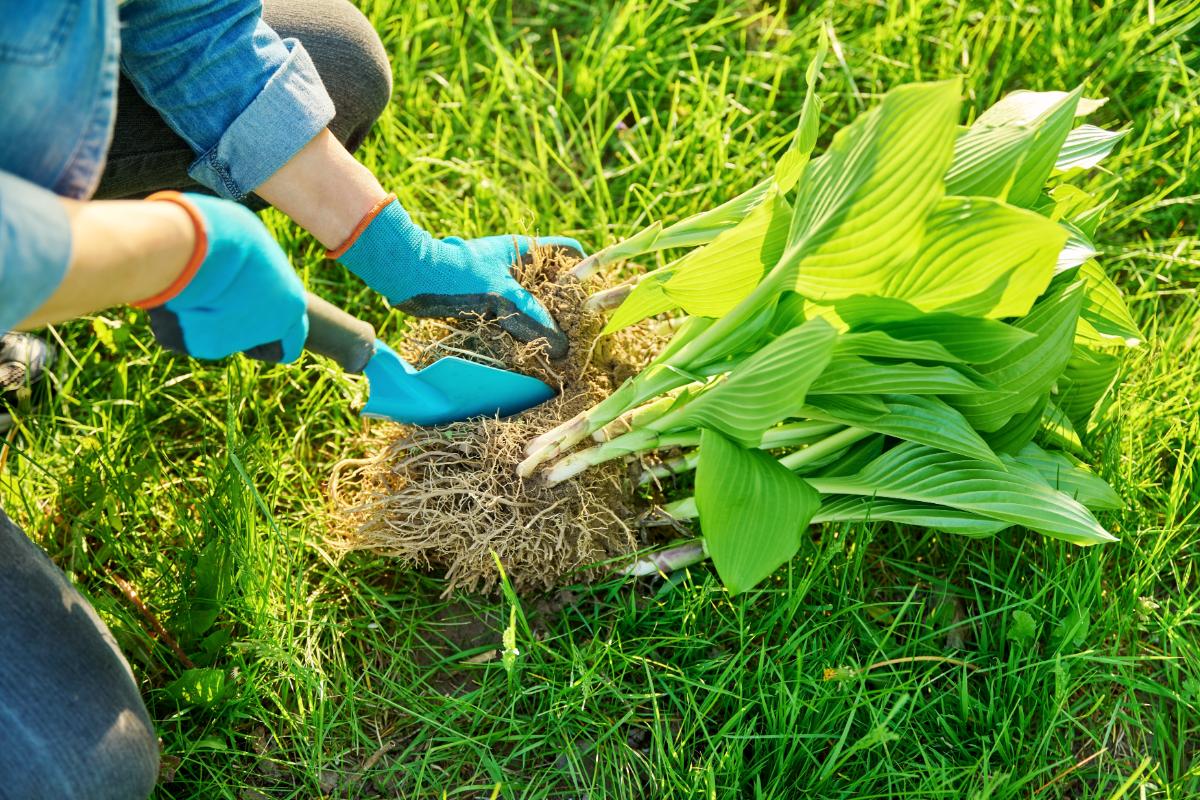
Over time, large, well-established perennials can become root-bound, and they will perform better if they are divided every three to five years.
Dividing perennials does a few things for you.
First, you get more plants!
Secondly, and more importantly, it gives more room for roots to grow, and your perennials will grow bigger and better and look much better overall.
Spring is the best time to divide perennials (fall is a good second choice) because the moist ground helps those roots recover, and the plants that are moved and replanted become well-established. Days are still cool, so the plants can rebound before they have to deal with the stress of heat and dryness that summer will bring.
5. Fluff up Old Mulch
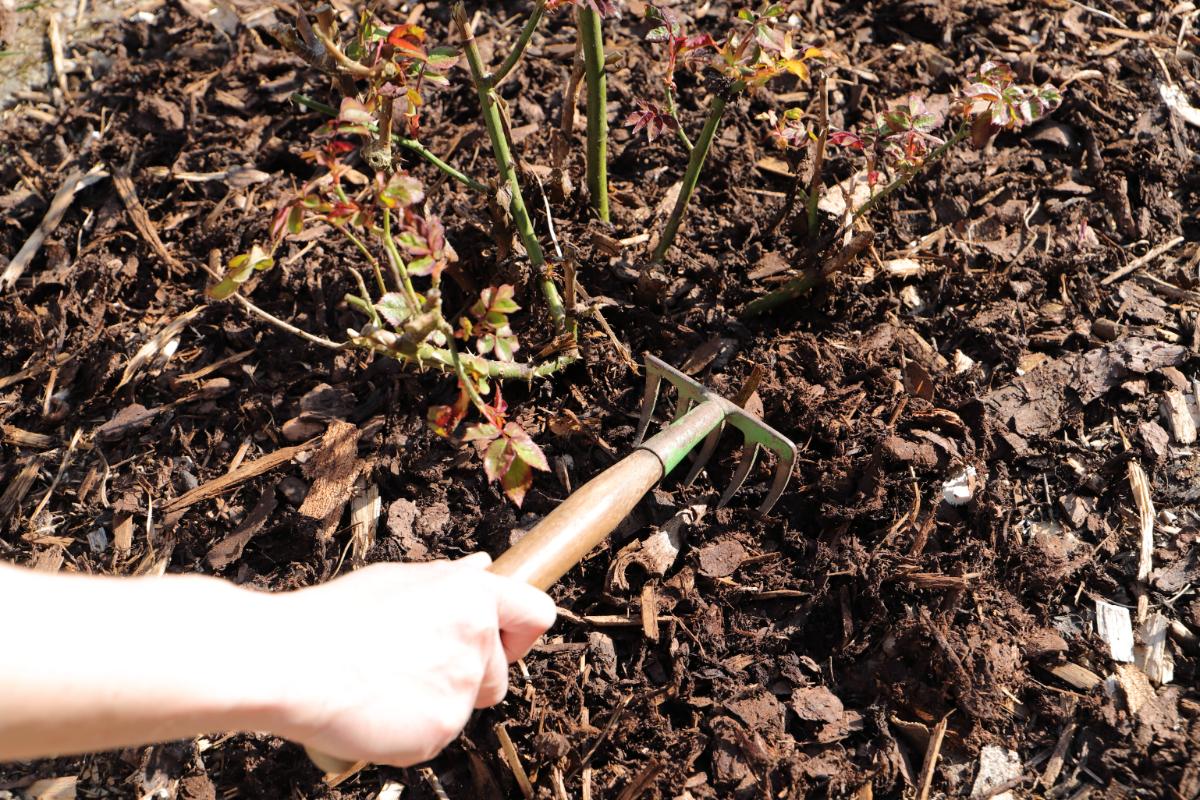
Old mulch settles and becomes compacted over time. This impedes air flow to plants’ roots, which (though we may not realize it) is important to root health.
Using a hand rake, light rake, or gentle garden fork, go around and fluff up the mulch in your garden beds. This will loosen the mulch and introduce more air and oxygen, which will also help to prevent root rot and other issues.
Now is the time to remove extra layers of mulch or evergreen boughs that you used for winter mulching, too.
6. Top-Dress with Decorative Mulch
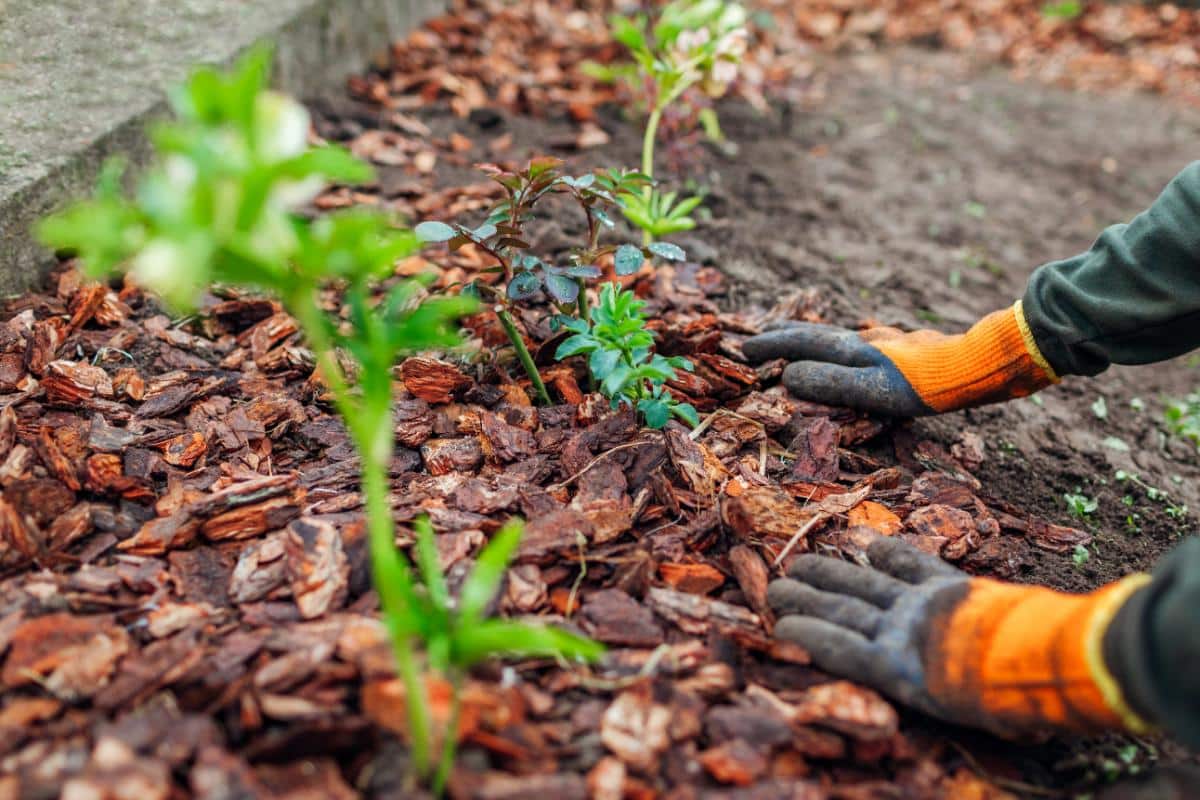
To keep things looking spruce and get the most out of your mulch for water conservation and weed protection, maintain it in a layer of about three inches.
You can put yard debris to work for you (things like chopped leaves), which will also feed your perennials naturally over time. Cardboard and newspaper are good options, too, but they are not very attractive.
However, you only need the visible side to look pretty. Add an inch or so of new, fresh mulch to your perennial beds to keep them looking attractive. If adding an inch will make the mulch too thick, rake off some of the old before applying the new thin layer.
This can be a real money-saver on mulch.
7. Harden Off Plants Before Planting Outdoors
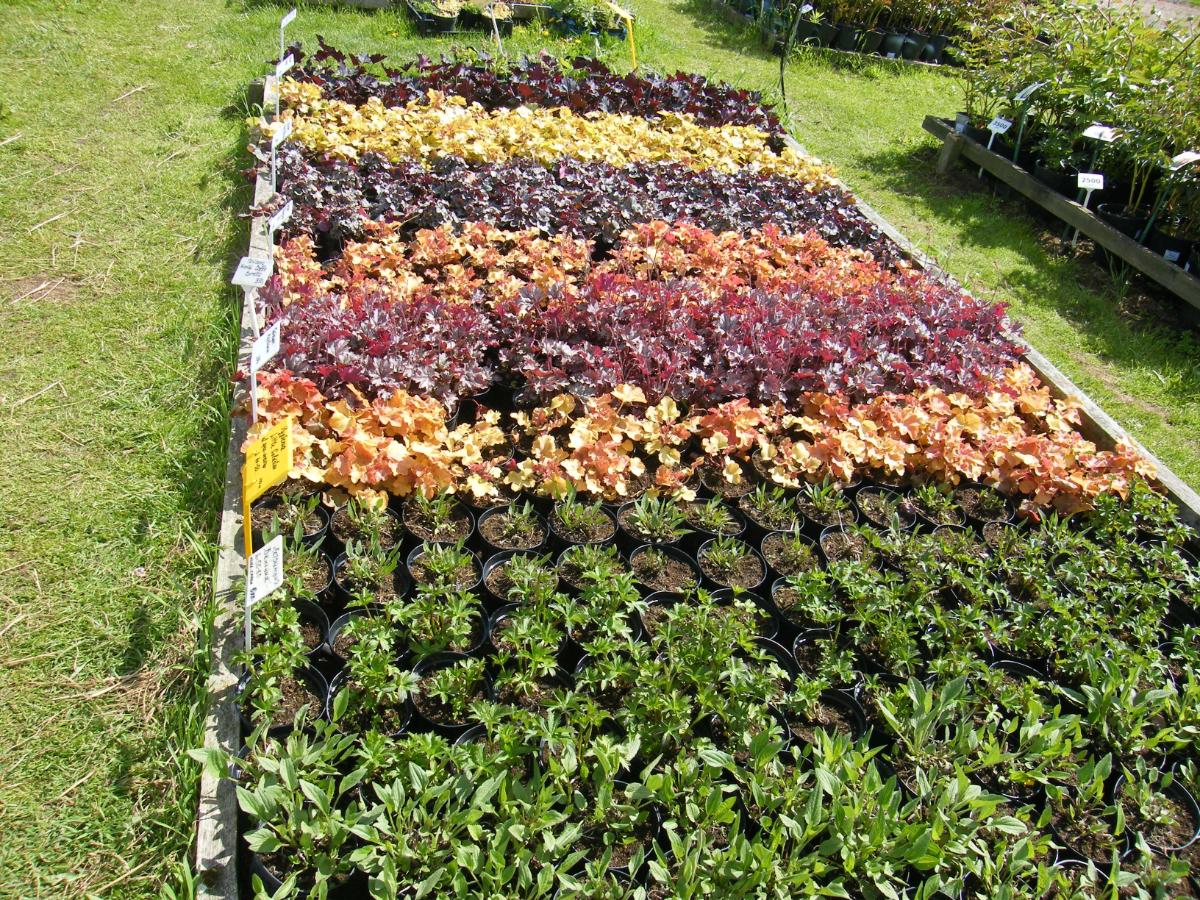
If you started perennials indoors for transplanting, or if you are buying perennials from a garden center or nursery and you don’t know for sure that they have been hardened off, make sure you harden them off before planting those perennials outside.
Many of us know that we should harden off annuals and vegetable transplants, but perennials need this, too, if they’re used to the protected indoor growing environment.
Hardening off isn’t as much about the type of plant that’s growing; it’s about where and how it was being grown. Inside, plants don’t deal with outdoor variations, so all plants – perennials included – need to be hardened off before they can handle life outside, which is much less protected.
8. Plant More Perennials!
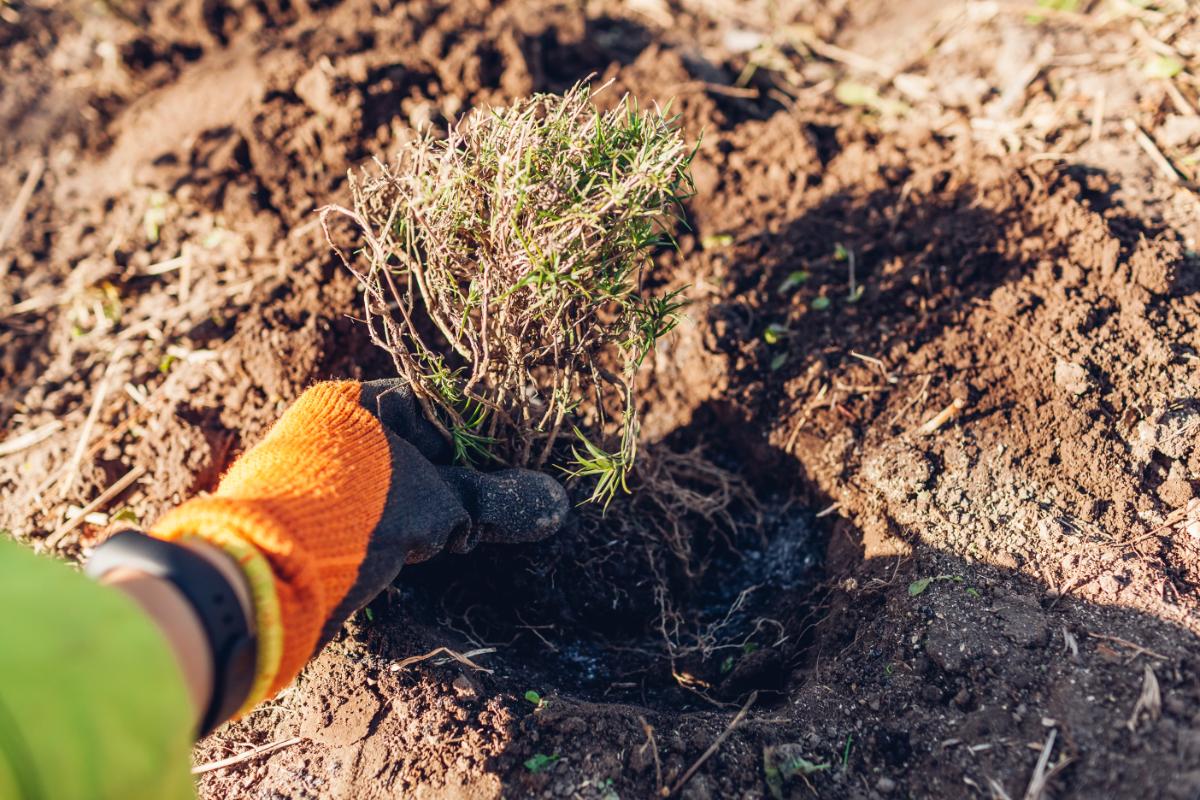
Like dividing (and for similar reasons), spring is a good time to plant perennials – the best time for most perennials.
Planting perennials in April gives plants time to establish their roots so they can better support plants through the heat and stress of summer. The ground is also moister (usually), so it helps with the increased water needs of new plants as they become established.
April is the ideal month for planting bare-root perennials. These plants, which are usually still dormant, will wake up in their new homes without missing a beat. Bare roots are a much more economical choice for many types of trees, shrubs, and plants (and because they can often be shipped, you might have a wider variety of options.
Summer-blooming and fall-blooming perennials especially should be planted now.
Perennial plants can go into the ground any time after the ground stops freezing and the ground is workable. Surface frosts are okay; it’s the freezing of the ground that rules when you can start putting perennials in the ground.
You can still plant some perennials from seed, too. The best bet if you didn’t start transplants indoors is to plant perennial seeds on or after your last frost date.
9. Add Some Edible Perennials to Your Mix
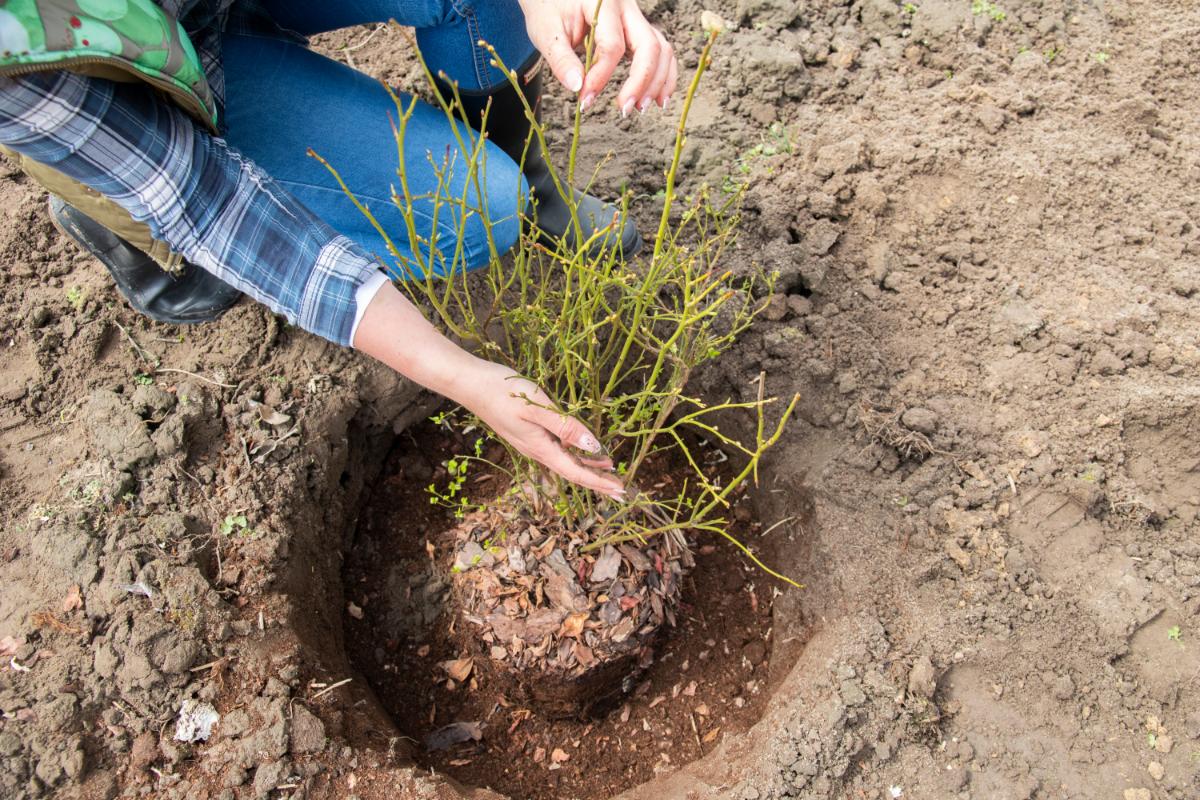
As you’re planting, think about adding some edible perennials to your mix. Make more productive use of your space and make that ground do double duty!
There are many edible perennials that are quite attractive, like elderberries, winterberries, cranberries, blueberries, and more. If you don’t have room for or interest in the “big stuff”, several edible groundcovers will suit (and solve your weeding problems).
10. Stake Perennials that Need It
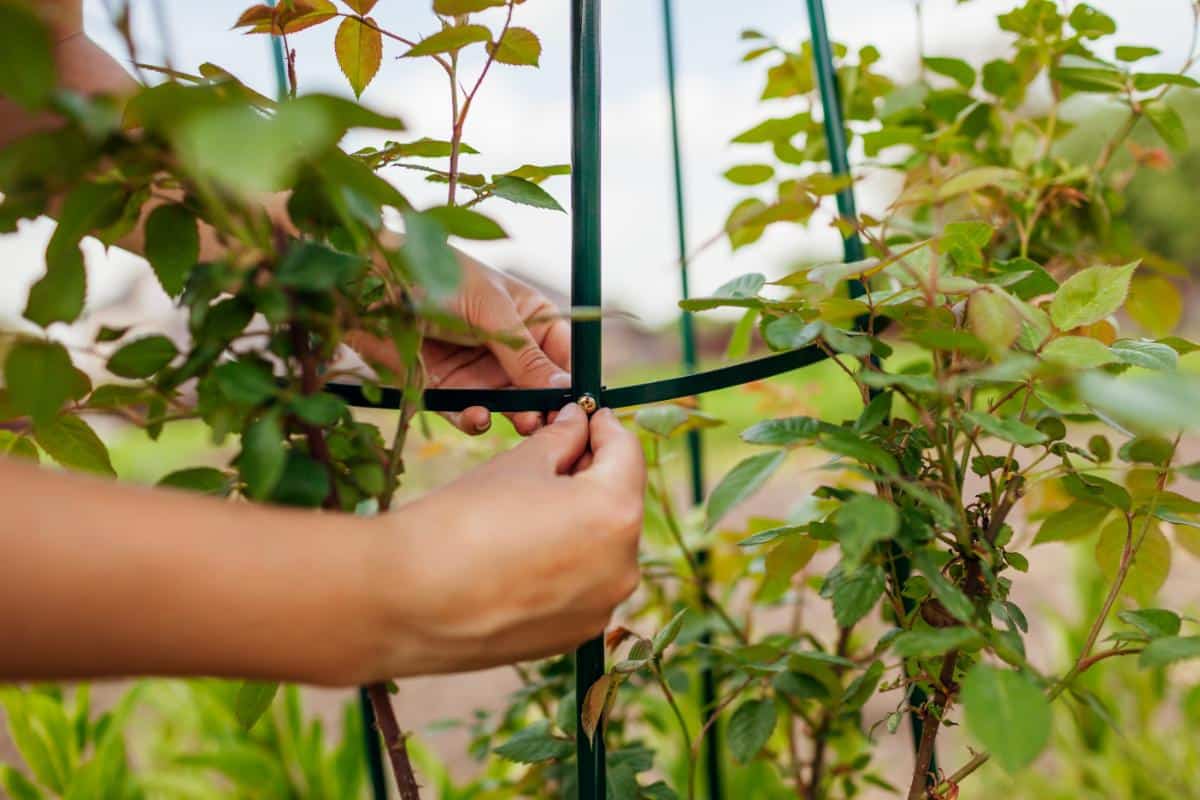
If you have perennials that need staking, stakes (and also cages, trellises, or supports) should be put in either when the plants are planted or when new growth starts to emerge.
Staking now causes less damage to your perennials’ roots. It also puts the support in place, so flower stalks and foliage grow and fill in around the stake or cage. This puts support where it’s needed, but also works to hide the staking.
Perennials that might need staking include
- Flowers with large or heavy blooms
- Flowers with thin, breakable stalks
- Climbing foliage plants
- Climbing roses and other flowers
- Any perennial that tends to droop or be damaged by summer rains
A Note About Watering in the Spring
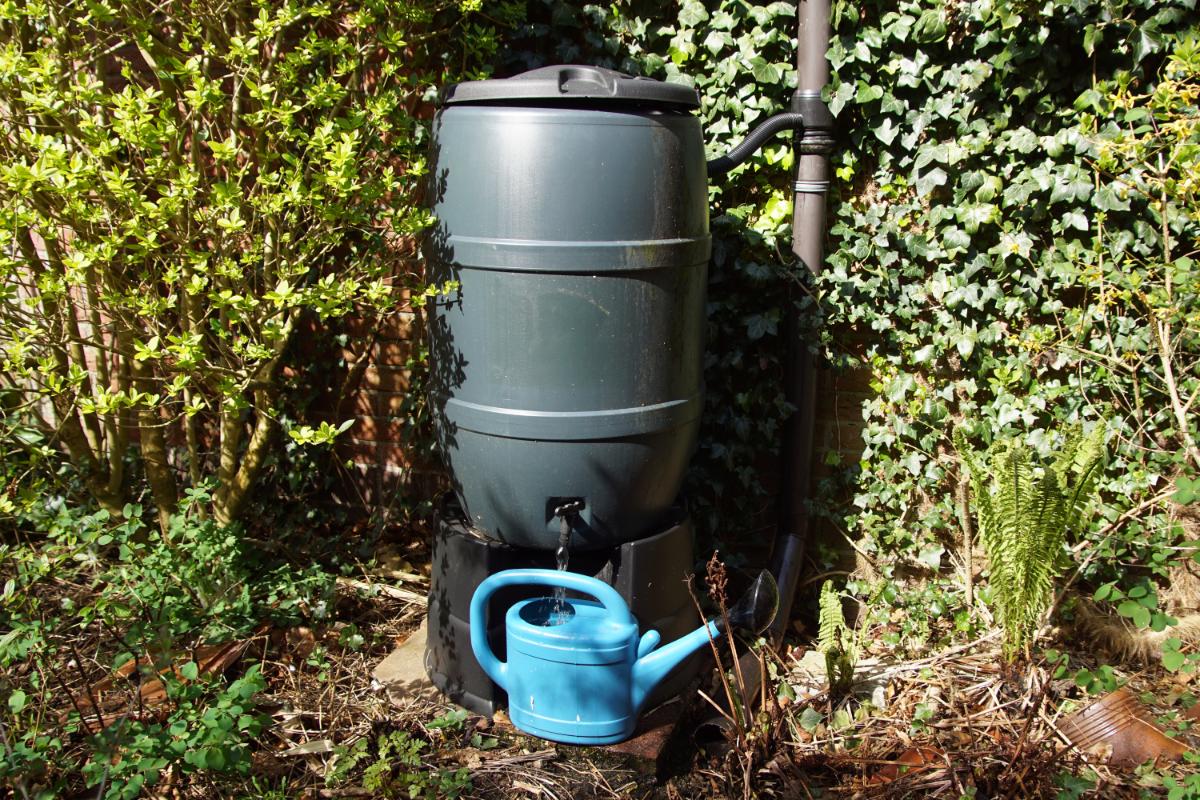
Watering is not a task that we usually need to put on perennial to do lists this early in the season, but as we know, seasons are changing. And sometimes they have a mind of their own.
It’s smart to keep an eye on water and soil moisture in April. If you’re having a “normal” spring (as long as you don’t live in an arid place), you probably don’t need to worry about watering perennials in April.
But if rainfall is less than your average, you may need to water your perennial beds.
Check the soil about four inches down. If it is dry, water your perennials.
Pay close attention to newly planted trees, shrubs, and bare root plantings, and really, anything that has been recently planted. They won’t have the benefit of outstretched roots yet, and need the water the most while they are rooting. For them, more frequent watering may be in order.
Perennials are often the most rewarding garden and landscape plants. We get to live alongside them for years, get to know them, and love them. Welcome your new perennial gardening season in with these top April tasks.

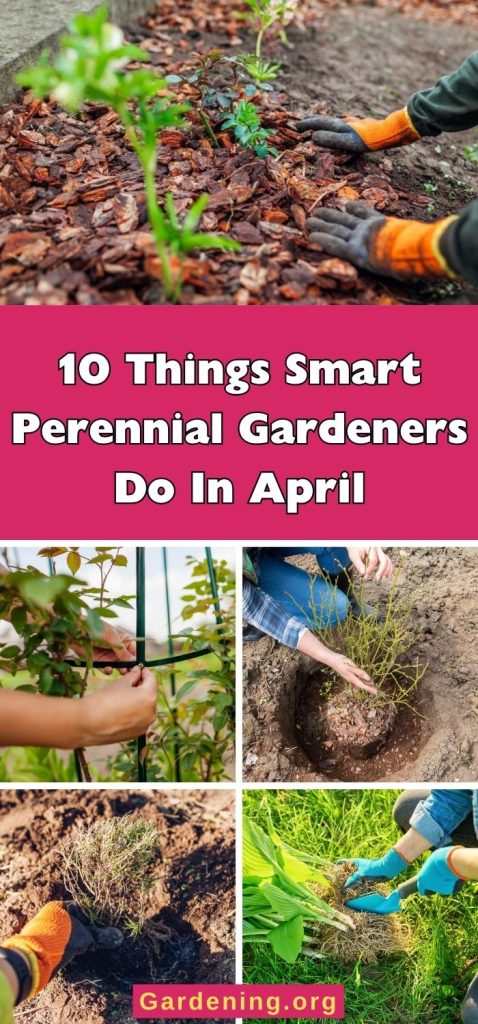
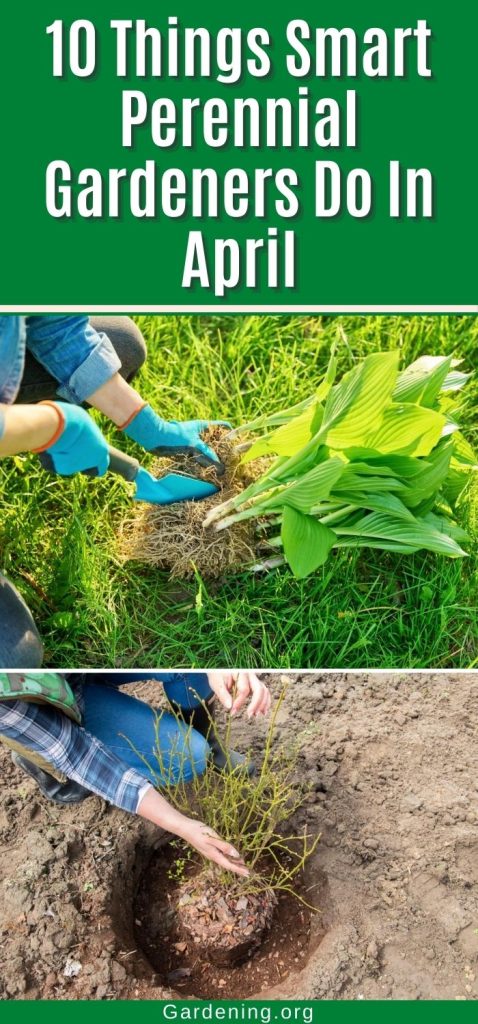
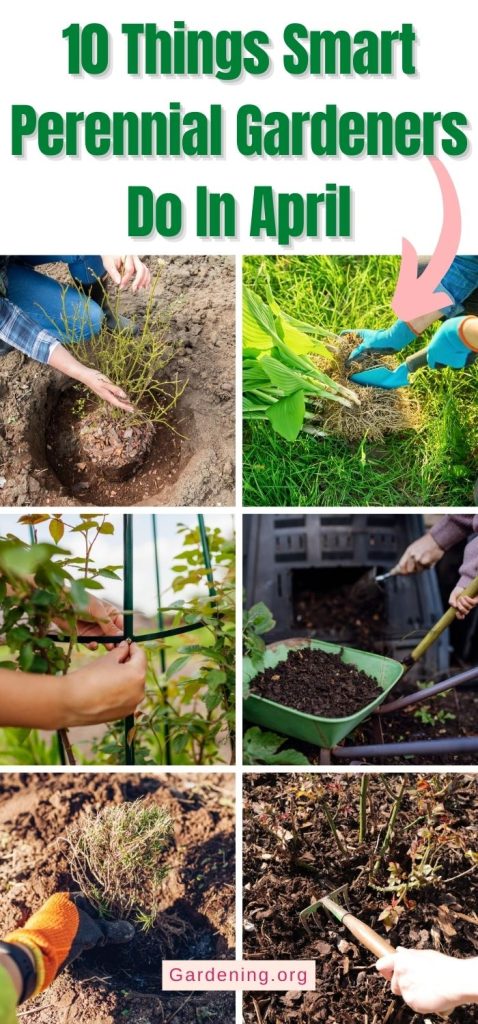
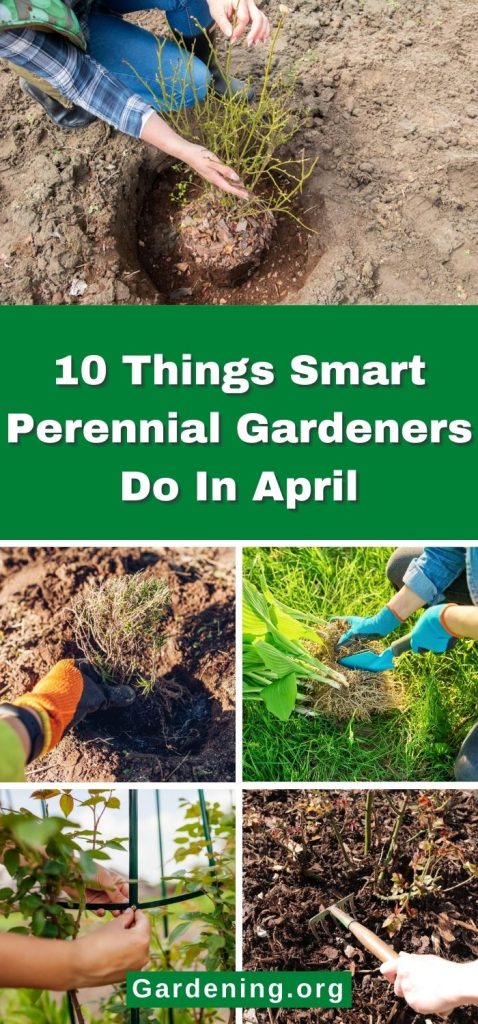
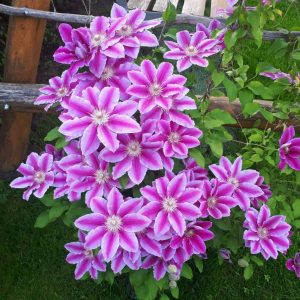
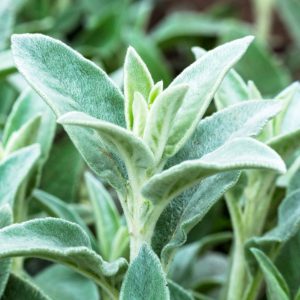


Bob Busey
Great article, how do I know what perennials to divide ? Thanks
Mary Ward
Most perennials should be divided every few years, but there are some exceptions. Some of the most common are hostas and similar foliage plants. Some edible perennials like rhubarb need dividing, too, and asparagus can benefit from division.
There is a good list on this site that might help:
https://extension.umn.edu/yard-and-garden-news/perennials-divide-spring